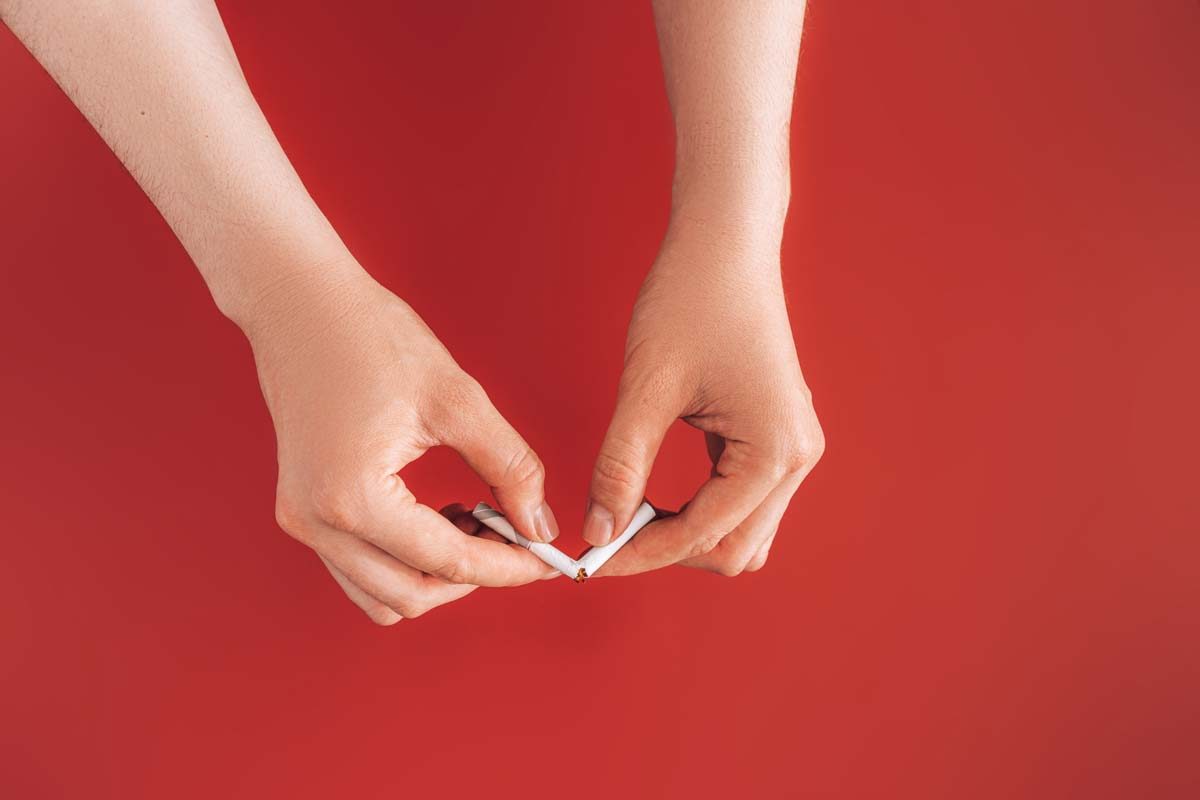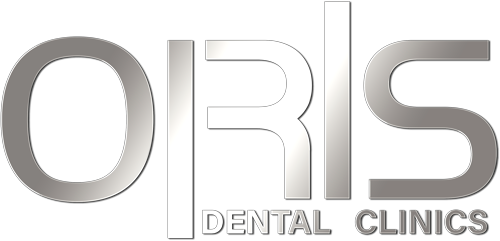A dry socket which, also called “alveolar osteitis,” is a painful dental problem that can happen after you take out a permanent adult tooth. When the blood clot at the tooth extraction site doesn’t form, move, or break up before the wound has healed, this is a “dry socket.” Most of the time, when you pull out a tooth, a blood clot forms at the site. This blood clot is a shield for the bone and nerve endings underneath it in the empty tooth socket. The clot also makes it possible for new bone to grow and for soft tissue to grow on top of the clot.
When the bone and nerves underneath are exposed, it hurts a lot, both in the socket and along the nerves that go to the side of your face. The socket gets swollen and may fill up with food particles, which makes the pain worse. A dry socket is the most common problem after a tooth is pulled, like when third molars are taken out (wisdom teeth). Pain from a dry socket won’t go away with just over-the-counter medicines. You can get pain relief from your dentist or oral surgeon.
How to Keep a Dry Socket from Happening
Following tooth extraction, a blood clot forms to safeguard the bone and nerve tissue. You should leave it in place until you have fully recovered from surgery because it aids in healing your gums. A dry socket usually happens when something moves or breaks up the blood clot in the socket. A dry socket can happen if the blood clot never forms in the first place.
Here are some ways to avoid getting dry sockets:

Avoid Straws
If you use a straw, the air and muscles in your cheeks may move the blood clot out of place. After your extraction, you shouldn’t use straws for a week.
Don't Smoke or Use Tobacco
People who smoke and use tobacco are much more likely to get a dry socket after tooth extraction. When you quickly inhale smoke, it can break up a blood clot. This is true for everything you smoke, not just cigarettes because chemicals in other tobacco products can make it hard to heal and cause infections.
Soft Foods
After surgery, you should only eat soft foods like applesauce, yogurt, and mashed potatoes for the first day. On the second day, you can try a little bit of heartier food, but if it hurts, you should return to soft foods. Don’t eat soup because it might make you spit, which could move the blood clot. Also, stay away from nuts, seeds, chips, and sticky foods that could get stuck in your socket.
Proper Oral Hygiene
One of the most important things you can do to avoid dry sockets is to keep your mouth clean. Taking care of your teeth and gums helps prevent germs and infections from destroying blood clots. Ask your dentist what you should do to brush your teeth after surgery. They might tell you to rinse your mouth the first day and then brush your teeth very gently the next. You might get an antibacterial mouthwash from your doctor to use after surgery. Use gauze pads only when your doctor tells you to.
Symptoms of a Dry Socket
Normal pain after tooth extraction can include soreness and swelling. It should be manageable with painkillers you can buy over-the-counter, and it should be completely gone three days after surgery. If your pain worsens, you may have a dry socket. Since a dry socket exposes bone and nerve tissue, the pain can be sharp or cold. Some of the signs of a dry socket are:
- Unbearable pain after surgery
- Pain that spreads from the socket to the rest of your face and head
- Bad breath or a bad smell in your mouth
- Visible bone in the socket
If You Think You Have a Dry Socket, What Should You Do?
If you think you are suffering from a dry socket or are in a lot of pain after oral surgery, you should call your dentist right away. You can call ORIS Dental Clinics in Richmond Hill, Toronto. Many doctors have a service that will call an on-call dentist even after office hours. You can treat a dry socket. Your doctor might wash out the hole, put medicine in it, and give you painkillers. You should feel better immediately after seeing your doctor and continue to feel better over the next few days. Once your mouth and dry socket have fully healed, you can go back to doing normal things. There are a lot of different healing times, but most people feel better after a week.




